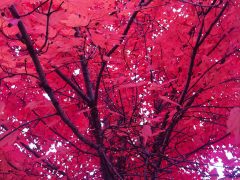
red maple
Acer rubrum
Native trees renowned for their incredible red fall color, these trees have a life span … Continued
Keystone plants are native plants critical to the food web and necessary for many wildlife species to complete their life cycle. Without keystone plants in the landscape, butterflies, native bees, and birds will not thrive. 96% of our terrestrial birds rely on insects supported by keystone plants.
There are two types of keystone plants: Host plants that feed the young caterpillars of approximately 90% of butterflies and moths (Lepidoptera).
Plants that feed specialist bees who only eat pollen from specific plants. Keystone plants for native bees feed both specialist and generalist bees.

Acer rubrum
Native trees renowned for their incredible red fall color, these trees have a life span … Continued
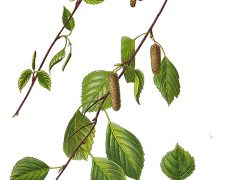
Betula nigra
Vigorous, fast-growing, medium-sized, native deciduous tree which occurs on floodplains, swampy bottomlands, and along streams. … Continued
Acer negundo
This hardy, fast-growing native tree can survive dry and extremely cold conditions. Food source for … Continued
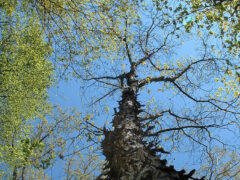
Carya ovata
A long-lived shade tree with a straight trunk, excellent shade. This Midwest native is named … Continued
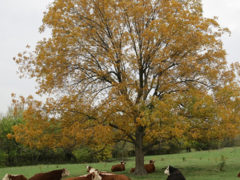
Carya illinoinensis
This massive shade tree is the pecan producer of the industry. Lustrous, dark green foliage … Continued
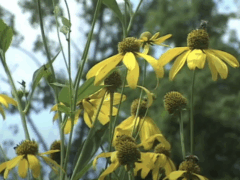
Rudbeckia laciniata
Easily grown in average soil in full sun to part shade, cutleaf coneflower tolerates hot … Continued
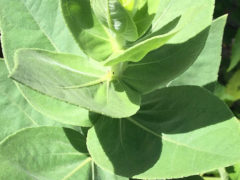
Helianthus mollis
Fine hairs cover the stems and leaves, giving this native perennial a gray-green color. A … Continued
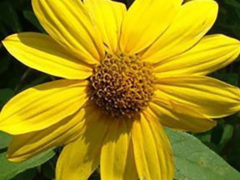
Helianthus maximiliani
State flower of Kansas Clusters of bright yellow flowers in September atop 6-8′ stalks. An … Continued
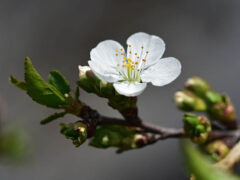
Malus ioensis
This small native tree has spreading branches and a broad, open crown and sometimes grows … Continued
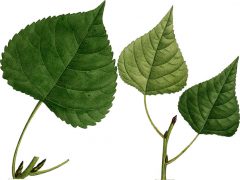
Populus deltoides
State tree of Kansas! Broad open crown of widely spreading branches covered in lustrous, bright … Continued
Quercus alba
Occurs in dry upland slopes and lowland valleys. Grows to 50-80’ tall in cultivation and … Continued
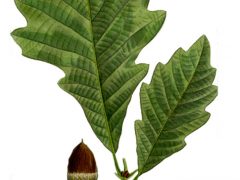
Quercus bicolor
Height and spread of 50–60’. Indigenous to moist to swampy locations in bottomlands and lowlands, … Continued